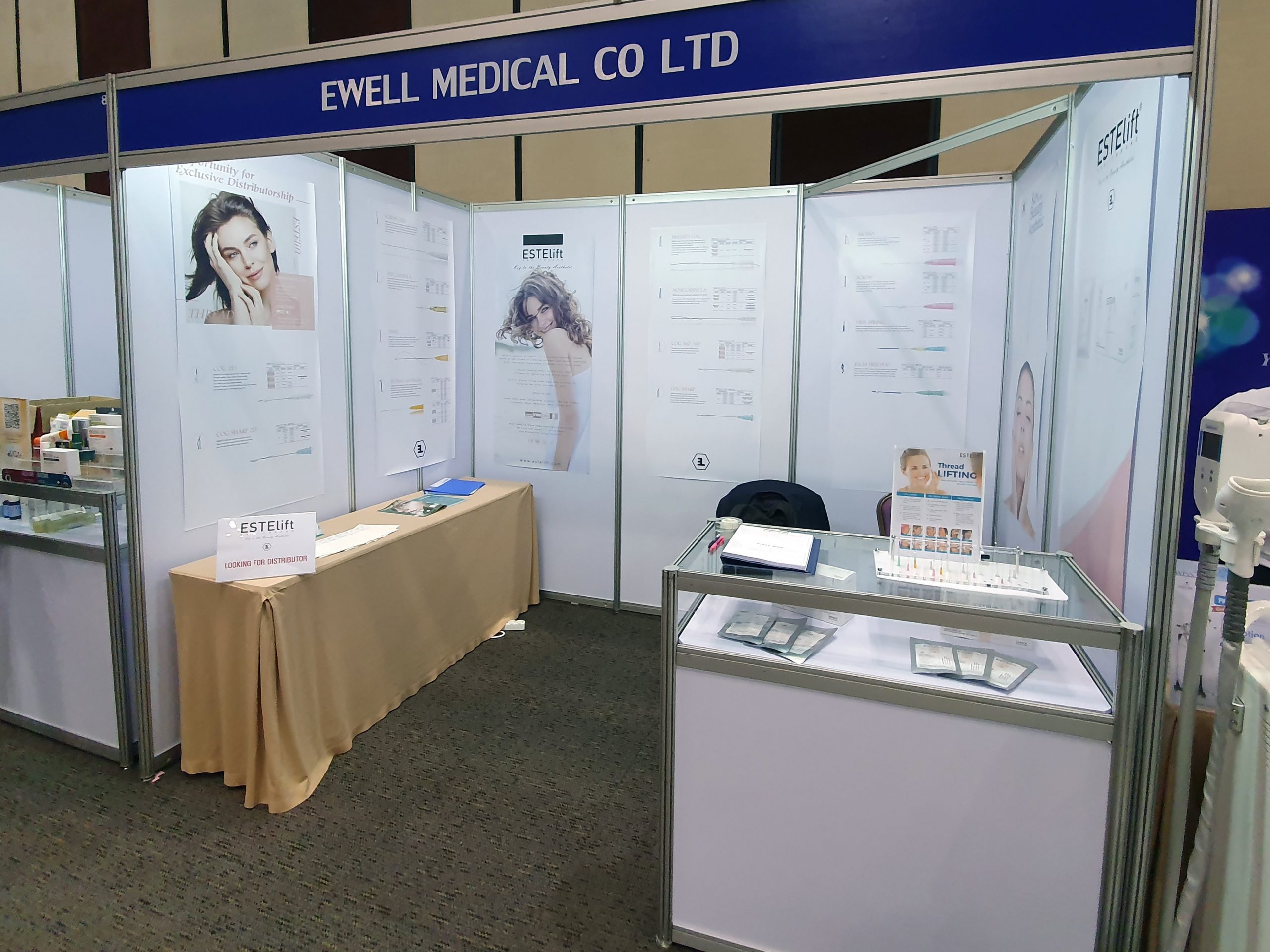
epidermidis were collected over a 15 month period. The isolates were recovered when the study was initiated. epidermidis were stored in trypticase soy broth (TSB), with 15% glycerol added at -20C for 1 to 15 months long. The quality control strain was Staphylococcus aureus ATCC 25923. epidermidis reference strains were used, the well known slime-producing strain ATCC 35984 (RP62A) and the non-slime-producing strain ATCC 12228. Ethical approval for the study was obtained from the Central Research Ethics Committee in the Provincial Hospital and included the patients’ and volunteers’ prior written consent. epidermidis isolates were characterized using vitek 2 compact (bioMe´rieux, France). epidermidis isolated from the nasal vestibules of healthy non-medical volunteers, patients (same patients from whom blood specimens were obtained), and intensive care unites (ICU) hospital staff were also investigated.Īll S. epidermidis studied were isolated from patients blood taken from intravascular catheters another 60 strains of S. epidermidis isolates collected from May 2009 to July 2010. epidermidis from catheter-related blood stream infections and to determine the correlation between the presence of icaA and icaD, biofilm production, and resistance to antibiotics. The aim of this study was to determine the presence of the icaA and icaD in S. epidermidis, collected over a 15-month period from patients, hospital staff in the intensive care unit, and volunteers. In the recent years, a study has been conducted to investigate the ica gene as a marker of the S. Bacterial adhesion has been considered as the leading cause of severe nosocomial infections related to implanted medical devices. Coagulase-negative staphylococci, particularly S epidermidis, are the important cause of infections associated with foreign materials. epidermidis was found to be significantly associated with clinical infections. In an early study, the “slime” production by S. In clinical samples, rates of methicillin resistance in intensive care unit settings have been reported to be 55–77%, or even 86%. These infections are often indolent and unresponsive to antimicrobials, and frequently result in the removal of the adulterated device. epidermidis is isolated with increasing frequency as the causative pathogen of nosocomial sepsis, and accounts for approximately 30% of all nosocomial blood stream infections.

ICAD MEDICAL SKIN
epidermidis, a normal inhabitant of human skin and mucous membranes, is the predominant cause of foreign-body-associated infections. epidermidis strains.Ĭoagulase-negative staphylococci (CNS) are the most frequent cause of nosocomial blood stream infections, in particular, Staphylococcus epidermidis, which has emerged as a major pathogen. This study result could be useful for the development of rapid diagnosis for slime producing and methicillin resistant S. epidermidis bacteria are significant nosocomial pathogens, and icaA/D can clarify the adhesion mechanism in the pathogenesis of infections associated with medical devices. The co-expression of mecA and icaD was associated with enhanced resistance to antibiotics. There was a greater correlation between the presence of both icaA and icaD and the slime production than the single expression of icaA or icaD and the presence of slime in all groups. epidermidis slime positive strains isolated were icaA positive.

We found a statistically significant difference with regards to slime production between the clinical isolates from the catheter blood specimens and those from the nasal vestibules (p<0.05). Slime was examined using scanning electron microscopy. The icaA/D was detected by polymerase chain reaction.

Slime phenotype was determined by Congo red agar test. epidermidis isolates from the central venous catheter blood of patients with catheter-associated infections, and from the nasal vestibules of healthy volunteers, intensive care unit hospital staff, and patients, were collected.

We aimed to study the effects of icaA and icaD genes on the slime formation of Staphylococcus epidermidis associated with catheter-associated infections. Staphylococcus epidermidis is a common pathogen in medical device-associated infections and have an ability to form adherent slime.


 0 kommentar(er)
0 kommentar(er)
